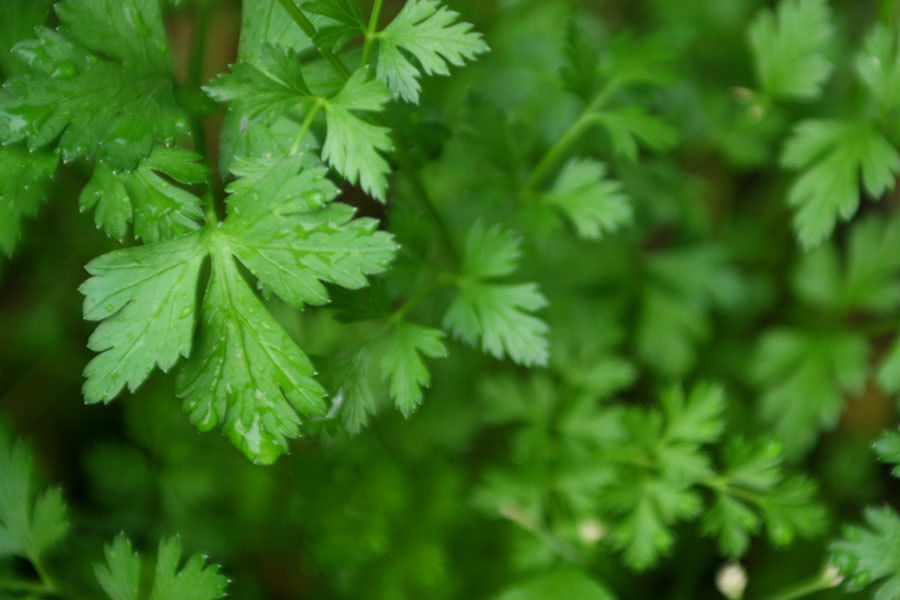
Strategic Gardening Principles
1.Negative Carbon Footprint
Strategic Gardening sequesters carbon dioxide while conventional agriculture releases CO2.
2.3-Season Production
Grow 3-4 crops per year on the same space, 1 in 4 years fallow
3.Maximum Garden ROI
Return should be in nutritional or dollar value. Inputs are labor, capital and growing time
4.No tillage, No mechanization
Once the raised bed is built, fertility is based on a closed system, all fertility should come from local inputs
5.Organic and Sustainable
Manage potential pests by physical barriers, beneficial insects and organic sprays
6.Mixed planting by crop and height above and below soil surface.
7.Worm Composting
Worm composting is the most efficient way to effectively process plant material to create a nutrient-rich soil amendment.
8.Pollinator plants interspersed throughout garden.
9.Mulching
Soil surface is constantly covered either by row cover or organic mulches.
10.Managed Soil Biome
Soil mycorrhiza is added as are beneficial soil bacteria via compost tea